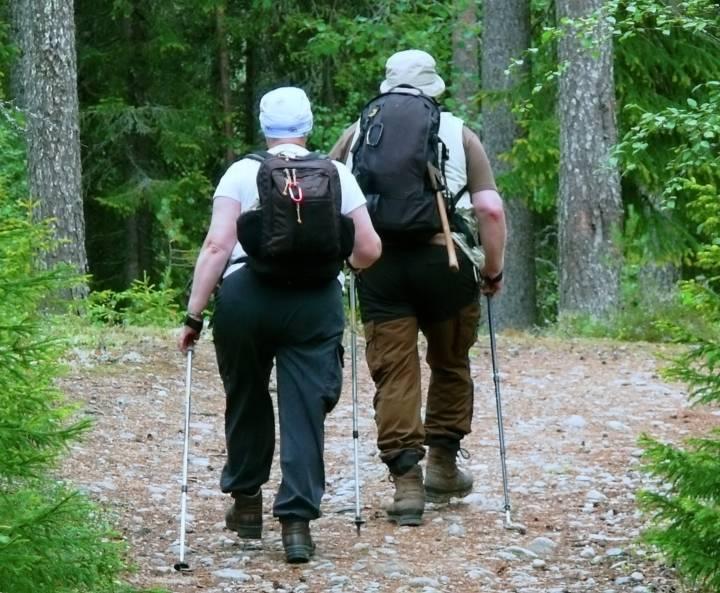Impacts of the coronavirus pandemic on population’s physical activity

Children and young people’s physical activity rates decreased significantly during the pandemic. The difference between these rates this year and two years ago was as high as dozens of percent. It appears that this change is explained by reduced physical activity at school and during school travel, in particular. The pandemic seems to have increased polarisation in physical activity rates among young people, or the division of young people into those who are highly active and those who do little physical activity. The physical activity rates of young people decreased more among those with functional limitations than among others.
The rate of active commuting among working age people decreased during the pandemic. Their total amount of physical activity did not decrease, however, and in some cases it even increased. Some substituted active commuting with other forms of physical activity. The forms of physical activity changed: group exercise and gym training were replaced by walking and outdoor exercise.
Physical activity among older people decreased less than anticipated during the pandemic. A large proportion maintained their activity rate or even increased it. In particular, the rate of everyday physical activity, exercise at home and walking increased or remained unchanged. Older people experienced a shrinking of their circle of interests, however, which may increase the risk of serious functional limitations.
While many athletes trained normally during the pandemic, the restrictions did not treat them equally. The situation of young and unexperienced athletes, in particular, proved challenging. The number of injuries and infections decreased while the restrictions were in place, and no significant effects on mental well-being caused by the pandemic were observed. Some athletes found the pandemic stressful, however.
The studies indicate that the impacts of the coronavirus pandemic on physical activity varied by population group. Such crises as the pandemic may nevertheless drive polarisation in physical activity. The reduced amount of physical activity at work and school may additionally have significant impacts on the activity rates of working age and school age people. It appears that the forms of physical activity change in emergency conditions: during the coronavirus pandemic, indoor and group exercise were substituted with outdoor activities and everyday physical activity.
It is possible that crises similar to the coronavirus pandemic will recur in the future and that prolonged or periodic restrictive measures will be necessary. This is why it is important to address the impacts of restrictions on the population’s physical activity and to also support physical activity at the time of a crisis. The increased complexity and uncertainty of society must be taken into account in efforts to promote physical activity and support athletes. Particular attention should be paid to people whose physical activity rates are low, older people, people with functional limitations and those who are in a vulnerable position in society.
This is a summary of the research review “Impacts of the coronavirus pandemic on population’s physical activity” (National Sports Council 27.10.2020). The research review examines the impacts of the coronavirus pandemic and the restrictive measures associated with it on Finnish population’s physical activity. The review is based on ten popularised articles written by researchers. The findings are preliminary, and the ultimate impacts may only be discovered years later. The review is only available in Finnish: Koronapandemian vaikutukset väestön liikuntaan.
Photo: Pertti Harstela / Vastavalo.fi